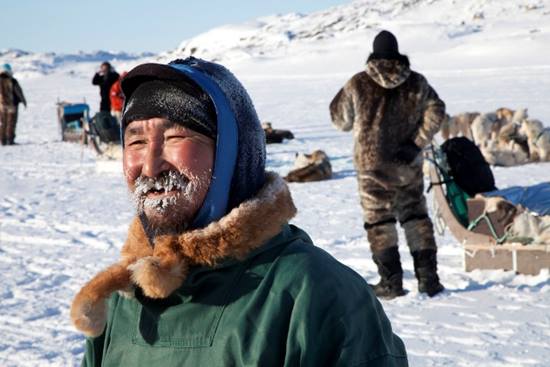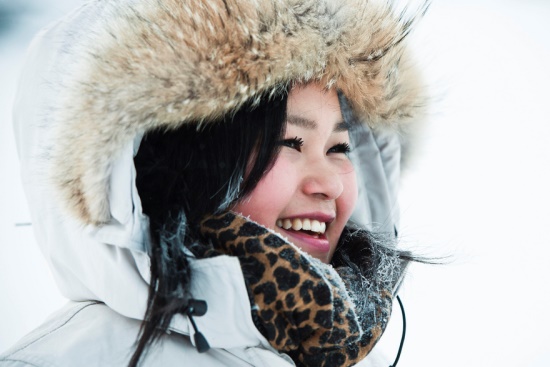History and culture
History
The first people came to the Thule Region 4-5,000 years ago from Canada. In all, six Inuit cultures immigrated at various times and the present population are descendants of the Thule Culture that came to Greenland around the 9th century. It was about the same time the Norsemen (better known as the Vikings) arrived in Greenland. Many of their ruins are still visible in South Greenland and near Nuuk. They are popular destinations for tourists.
During time there have been several British and Nordic expeditions to Greenland – from 16-1700’s it was particularly European whalers, who came to Greenland to make a living. The whalers restored more regular visits to Greenland, but a permanent link was not established until the settlement of the Danish-Norwegian priest Hans Egede. Hans Egede came to what is now known as Nuuk (the capital of Greenland) in 1721 in his search for the Norsemen. He never found them. Instead, he converted the Inuit to Christianity and the population today is predominantly Lutheran-evangelist.
Photo: David Trood
1721 was also the year Greenland became a Danish colony, which it remained until 1953. In 1953 amendments were made to the Danish Constitution, and Greenland ceased to be a Danish colony. From then on Greenland’s status within the Kingdom was that of a county, much like a Japanese prefecture. In 1979, Greenland went from being a county to being a largely self-governing part of the Kingdom with home rule and a home rule government. Once again in 2009, the authority of the Greenlandic government was extended and the country now covers all spheres of society with the exception of the foreign and security policy areas. In other words, Greenland officially became a self-governed nation within the realm of the Kingdom of Denmark in 2009.
Until the Second World War, Greenland was a closed country with a low standard of living. In 1906, sheep farming was introduced in the southern part of the country and commercial fishing started in 1908.
During World War II Greenland was a strategic hub for Allied air transport between the US and England. The German occupation of Denmark meant that all contact with Denmark was suspended and officials in Greenland made contact with the USA, which agreed to defend Greenland.
After the war, a popular movement arose in favour of modernisation of the country and the basis of the welfare system which today characterises Greenland was laid in the 1950s.
To read more about the history of Greenland, visit:
https://visitgreenland.com/about-greenland/history/
Photo: Andre Schoenherr
Culture
Music, dance, theatre, art and literature play an important role in traditional and modern Greenlandic culture. Greenland has a great number of active musicians compared to the size of the population, and Greenlandic artists often attract attention on the international scene.
Myths and legends have always played a significant role in Greenlandic culture, and Greenlandic literature started as storytelling of the many old tales. Many of these have since been written down and are now found in book format.
Even though Greenlanders have a rich tradition of telling stories and performing for each other, the first professional theatre group was not established until 1984, and in 2011 the first theatre school was established in Greenland.
Greenland has a long handicraft tradition. Colourful woollen knitwear (anoraks) and handmade boots (kamiks) are part of the traditional Greenlandic attire. Fur and sealskins have played an indispensable role in Greenland’s arctic climate for hundreds of years, but in recent year’s Greenlandic design has experienced an explosive development and reached new creative levels combining international and Greenlandic style with an imaginative use of fur and skin products.
To read more about the culture of Greenland, visit:
https://visitgreenland.com/about-greenland/#culture
Greenlandic girls in traditional anoraks and kamiks (Photo: Julia Ridlington)



